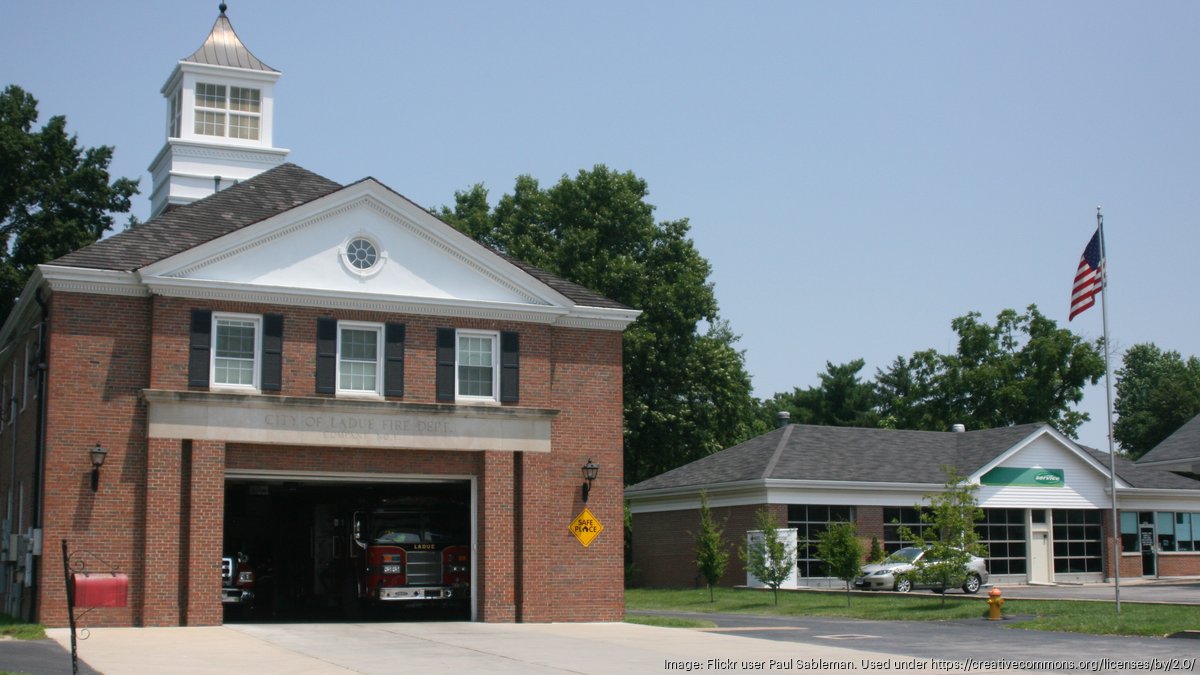The Wealthy 1000: 9 St. Louis-area ZIP codes among wealthiest in US - St. Louis Business Journal
Nine St. Louis-area ZIP codes rank among the nation's 1,000 wealthiest places. One in St. Louis County leads the way. Nine St. Louis-area ZIP codes have been ranked among the nation's 1,000 wealthiest places by The Business Journals Wealthy 1000, a new ranking based on wealth metrics. The ranking was based on a weighted formula that included income, home equity, estimated savings, poverty rates, and population density. Most of these ZIP codes were located in St Louis County, including ones in Clayton, Town and Country, Frontenac and Chesterfield. California had the most ZIP codes on the list, followed by New Jersey, New York (95), Massachusetts (79) and Florida (57). The top 25 ZIP codes from the Wealthy1000 were clustered around the nation’s most populated metros, including New York, San Francisco, Chicago, Miami and Boston. Some states were not represented due to the concentration-of-wealth focus.

Published : 12 months ago by Joanne Drilling in Business
Nine St. Louis-area ZIP codes rank among the nation's 1,000 wealthiest places. One in St. Louis County leads the way.
Nine St. Louis-area ZIP codes rank among the nation's 1,000 wealthiest places, with a ZIP code based mostly in Ladue, 63124, leading the way.
That’s according to The Business Journals Wealthy 1000, a new ranking of the nation's wealthiest ZIP codes based on a weighted formula that looks at a number of wealth metrics.
Most of the St. Louis ZIP codes that ranked in the Wealthy 1000 were located in St. Louis County, including ones in Clayton, Town and Country, Frontenac and Chesterfield. Just one ZIP code, 63073, was located outside of St. Louis County, in Franklin County.
Here are the St. Louis-area ZIPs that made the Wealthy 1000:
It's worth noting that the rankings above are slightly different than what is shown on the St. Loius Business Journal's Wealthiest ZIP Codes list. This is because the Wealthy 1000 is based on a number of factors, while the Wealthiest Zip Codes list is currently ranked based on median household income.
How we calculated the Wealthy 1000 rankings
The inaugural Wealthy 1000 used data from the U.S. Census Bureau, the 2022 American Community Survey and Zillow Group Inc. The formula analyzed income, home equity, estimated savings, poverty rates and population density to identify areas with the greatest concentration of wealth.
The ranking also included a minimum threshold of $70,000 of per-capita income, to eliminate ZIP codes with high population density but otherwise lower income levels coupled with relatively high poverty rates.
St. Louis Business Journal's Wealthiest ZIP Codes list didn't include a minimum threshold for per-capita income, and ranked ZIP codes based on median household income only. This created a list that looks similar to the ZIP codes shown above, but slightly different because of the ranking methodologies.
The top 25 ZIP codes from the Business Journals Wealthy 1000 were clustered around the nation’s most populated metros, including New York, San Francisco, Chicago, Miami and Boston.
Not surprisingly, nine of the top 10 ZIP codes were in the New York City metro area, an area among the leaders in million-dollar earners.
California (190) had the most ZIP codes on the list, followed by New Jersey (111), New York (95), Massachusetts (79) and Florida (57).
Among California’s ZIP codes, 73 were in the San Francisco area. Los Angeles accounted for 20 ZIP codes, while San Jose (12) and San Diego (10) also exhibited high wealth density.
In large part because of the concentration-of-wealth focus, some states were not represented among the Wealthy 1000, including Alaska, Montana, North Dakota, South Dakota, Wyoming and Vermont.
Although some of those states have higher-than-average GDPs per capita, some also have a high concentration of vacation homes and ranches, which were not factored as official households for this analysis.
Poverty rates also tempered the weighted formula, resulting in the exclusion of all ZIP codes from Mississippi, Louisiana and West Virginia.
Conversely, education levels — as measured by the Census — were considered in The Business Journals' proprietary formula.
Among the top 10 ZIP codes, an average 78% of residents achieved a bachelor’s degree or higher. That tracks with a recent Georgetown University report that determined Americans with a bachelor’s degree can expect to earn an average of $1 million more over the course of a lifetime than those without.
That said, American money is on the move.
IRS data found Louisiana, Montana and Vermont all saw the largest increase in million-dollar earners from 2020 to 2021.
Additionally, the Sun Belt has experienced a surge in migration over the past decade — a trend that accelerated during the pandemic.
“Many high-income people whose jobs were remote moved to less-expensive areas,” said Scott Fulford, senior economist at the Consumer Financial Protection Bureau and author of "The Pandemic Paradox: How the Covid Crisis Made Americans More Financially Secure." “Top destinations included Montana and Idaho, as well as other states such as Vermont and West Virginia, which are close enough to big metropolitan areas to still make the occasional trip.”
